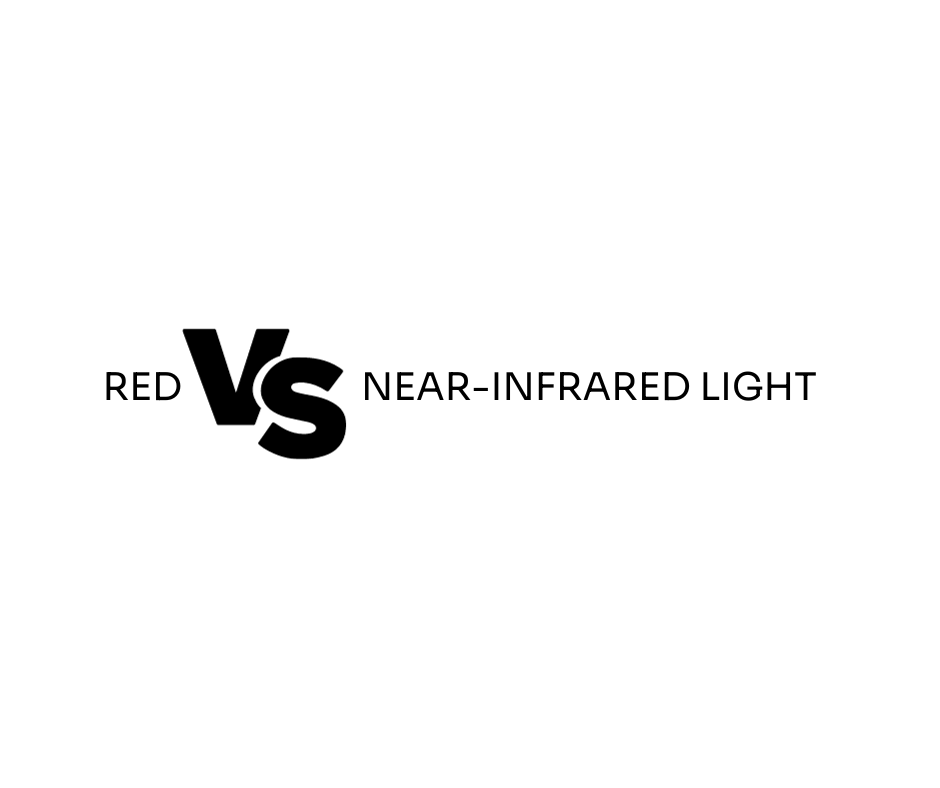The realm of light therapy offers a range of healing techniques, but the spotlight often turns to two primary players: red and near-infrared light. Both types have garnered significant attention in therapeutic research for their myriad of health benefits. However, understanding the nuances between them is essential for optimizing therapeutic outcomes.
Therapeutic Similarities and Differences
Both red and near-infrared light impact the body in kindred ways, but when we delve deeper, the differences become apparent. Near-infrared light is known to penetrate deeper into the body compared to red light. This enhanced depth allows it to benefit cells and tissues that might remain untouched by red light alone.
Yet, this doesn’t make red light any less valuable. Even a simple red light therapy session can benefit the entire body holistically. Here’s why: the cells directly exposed to red light release factors that enhance the function of their neighboring cells. Plus, our blood cells absorb this light; as blood circulates, it takes along the benefits of red light to nourish distant cells in other body regions.
While red light finds frequent use in addressing surface issues like skin health (for instance, treating acne), near-infrared light serves a dual purpose. It can address superficial skin concerns and deeper-seated issues, impacting tissues located further within the body.
Therapeutic Wavelengths
To get more specific, here are the most therapeutic wavelengths in scientific research:
- Red Light: 620-700nm
- Near-Infrared: 700-1000nm
Interestingly, not all wavelengths within these ranges are created equal. The wavelengths that the body absorbs most efficiently include 620nm, 670nm, and 760nm.
Modern light therapy devices don’t just stick to one wavelength. Many devices emit multiple wavelengths of either red or infrared light. Some advanced models combine both, offering users a dual therapeutic experience.
It’s worth noting that for specific skin conditions, red light might prove more advantageous than its near-infrared counterpart. However, for a holistic approach, either near-infrared light or a mix of both red and near-infrared lights is recommended. If you’re considering investing in a light therapy device, we recommend those that offer both red and near-infrared LEDs. There’s a unique charm in watching a room illuminated in red during sessions, hence favoring combination devices over exclusively near-infrared ones.
Reaping the Benefits of Red Radiation
Sunlight remains our primary source of both red and near-infrared radiation, making these wavelengths vital for all biological life forms. While sunlight’s UVB radiation helps humans produce Vitamin D, an essential nutrient, an overexposure can lead to sunburns. However, the protective nature of red and near-infrared radiation shields our body from such harmful radiation, simultaneously promoting energy production within.
In Summary
Red and near-infrared lights, although close in wavelength, offer unique therapeutic advantages. The defining characteristic is depth; while red light addresses more surface-level concerns, near-infrared radiation plunges deeper, offering profound cellular benefits. As we continue to uncover the wonders of light therapy, it becomes evident that the depth of healing is truly in the light.






